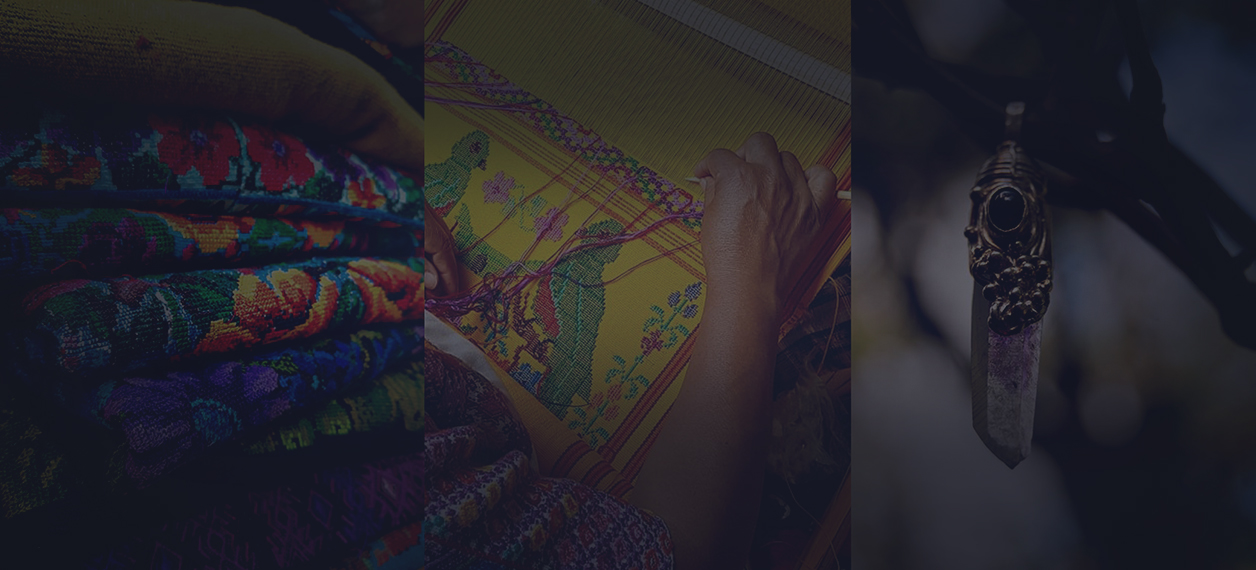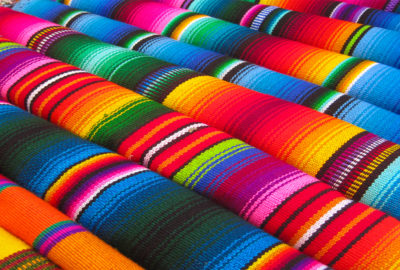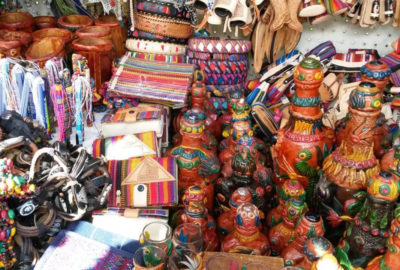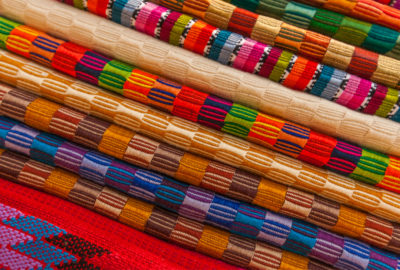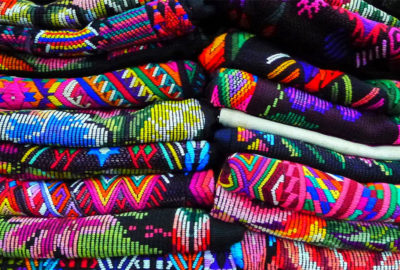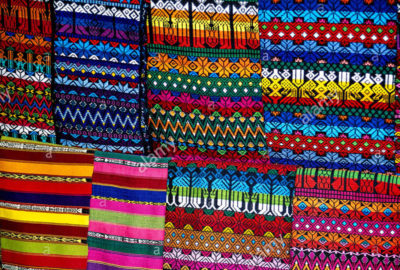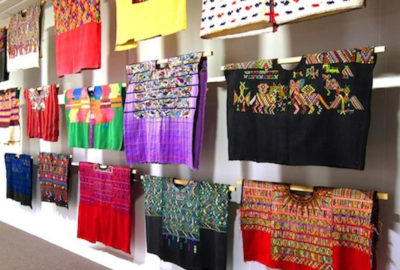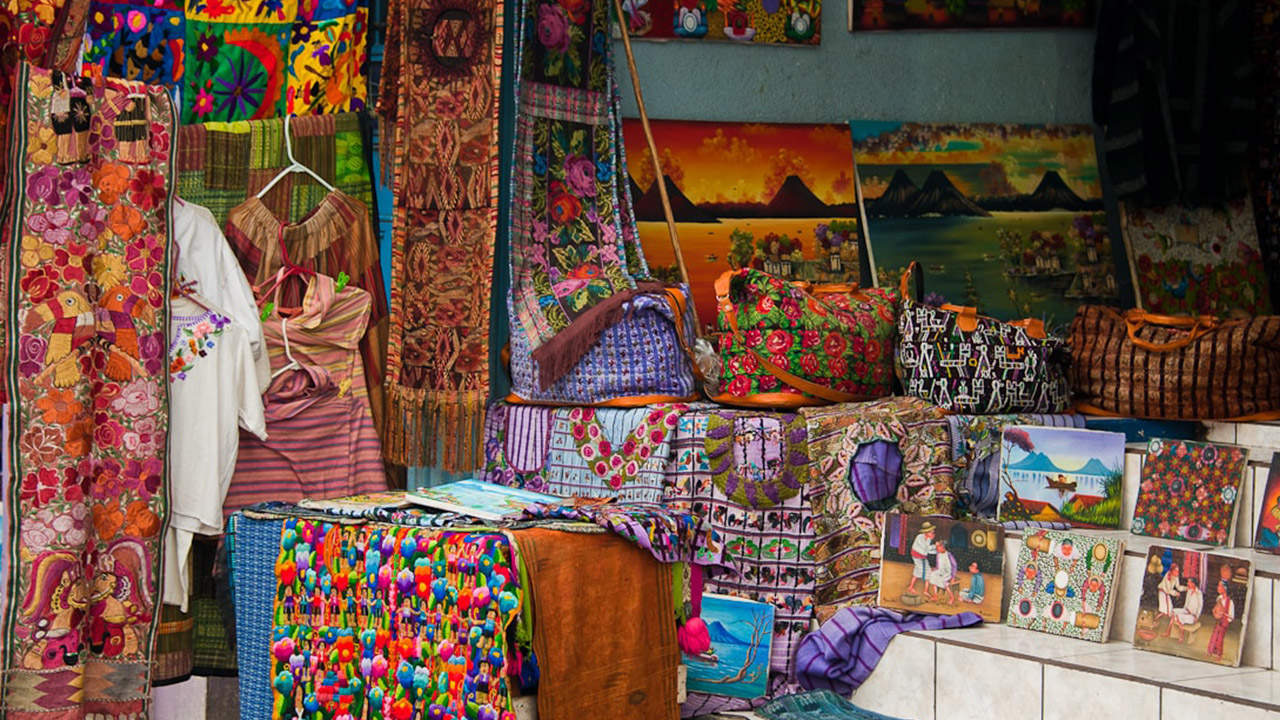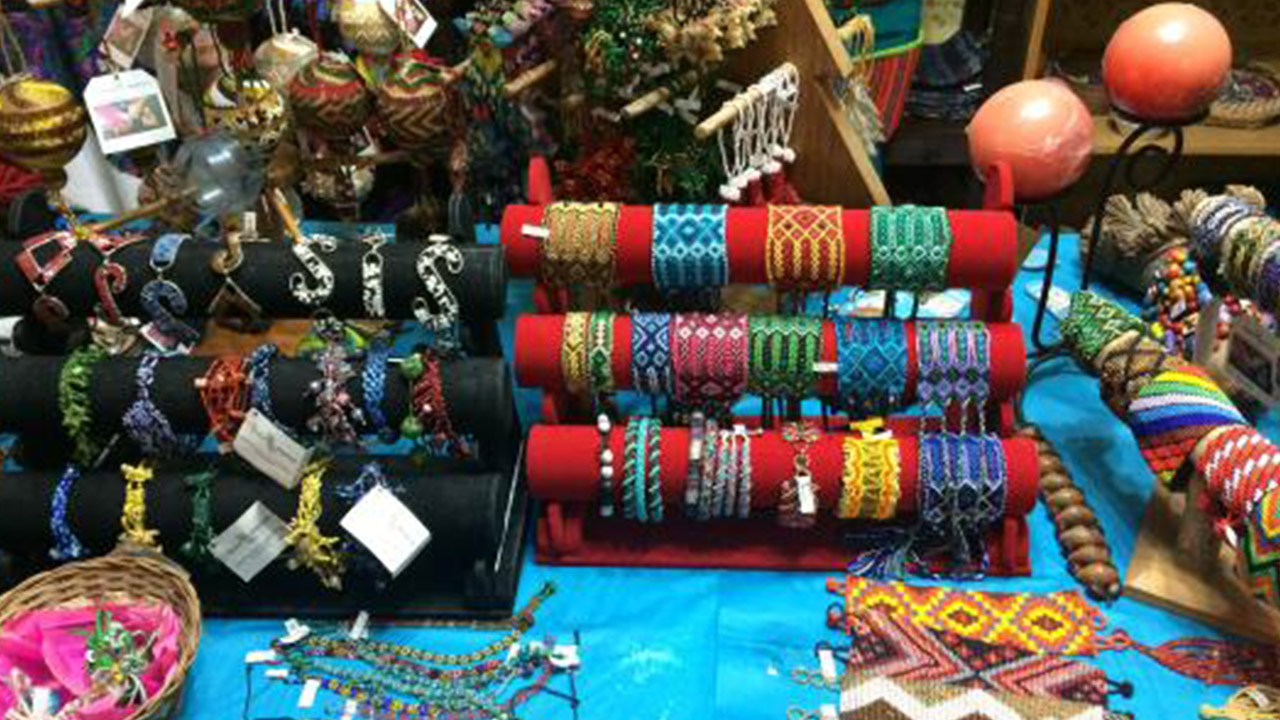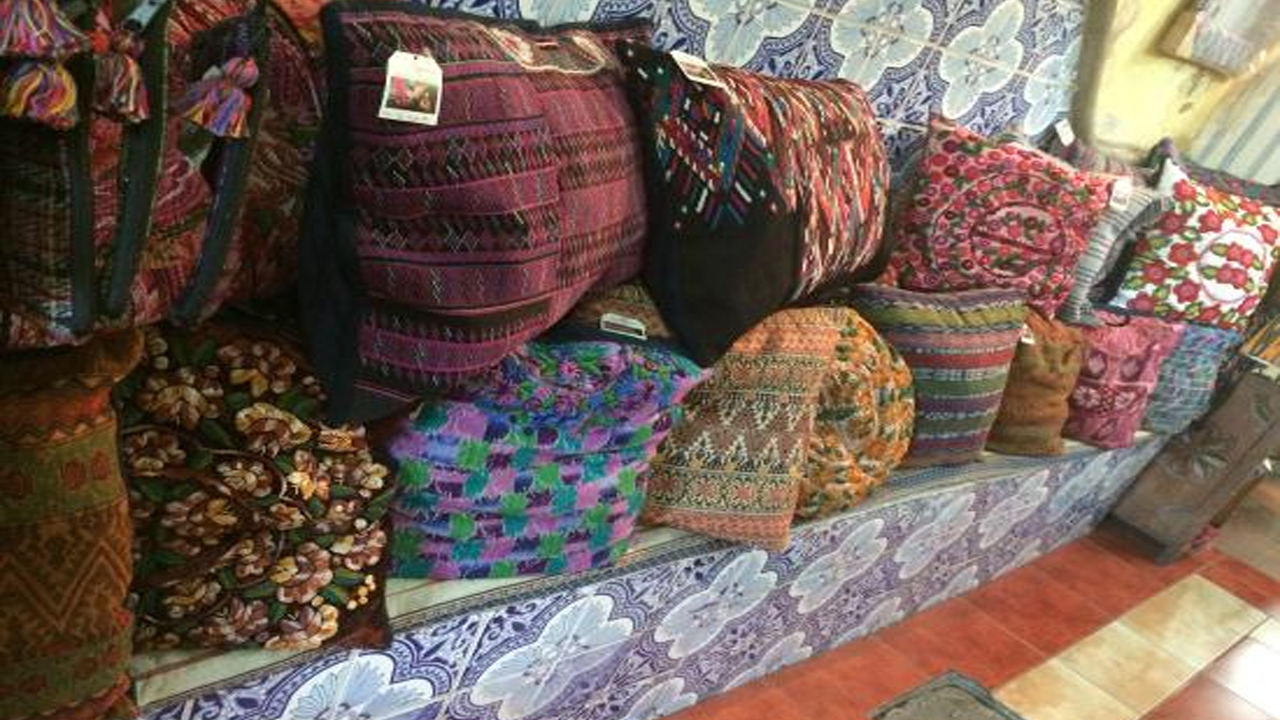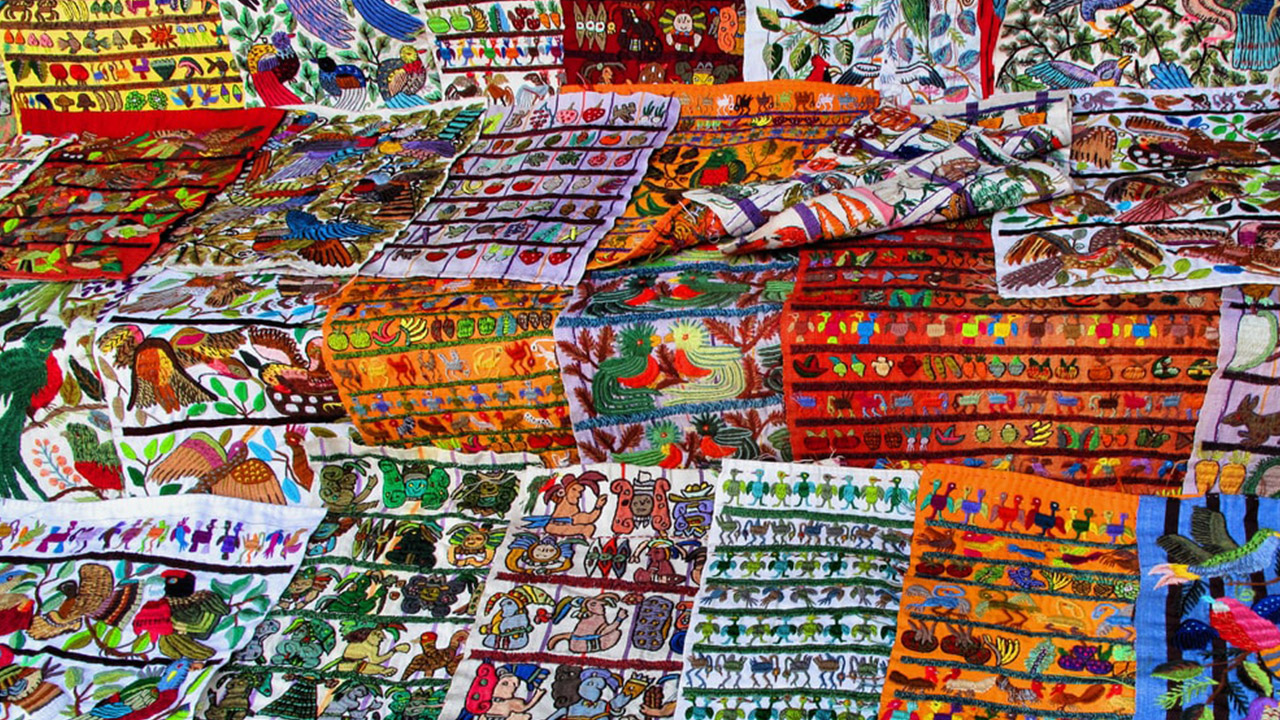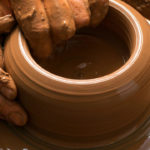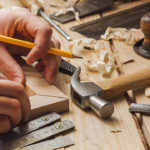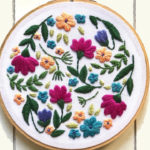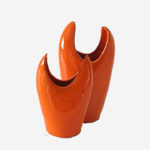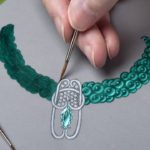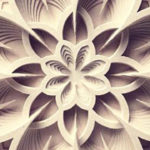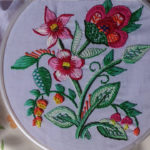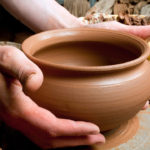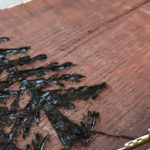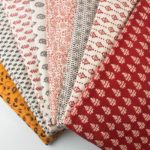Guatemalan Textiles and Handicrafts Market
Welcome to 502 Shopping, where our goal is to let the whole world reach the best of the textiles and handicrafts from Guatemala. Our vision is to create a market place that allows all the local producers to focus on creating their products and be able to sell their: huipiles, cortes, handicrafts and hand made products online. Our mission is not only to let the world access the best textiles and handicrafts from Guatemala but we also understand the limitations of our fellow Guatemalans in rural areas and limits. So we want all of them to have web platform for e-commerce that allows them to sell online, ship and collect payments with no inconvenient, in a world where everything happens online we decided to create a online solution for, an honest and reliable source of high quality products for the final client. So if you are looking for the best textiles and handicrafts from this beautiful country you are at the right place.
Guatemala’s craftsmanship are unique and recognized worldwide, since all are unique, original and have achieved a position in many countries for their quality and innovation of desire, and have succeeded in attracting many design, worship, dedication and cultural contribution have achieved Guatemalan craftsmanship to be recognized internationally.

